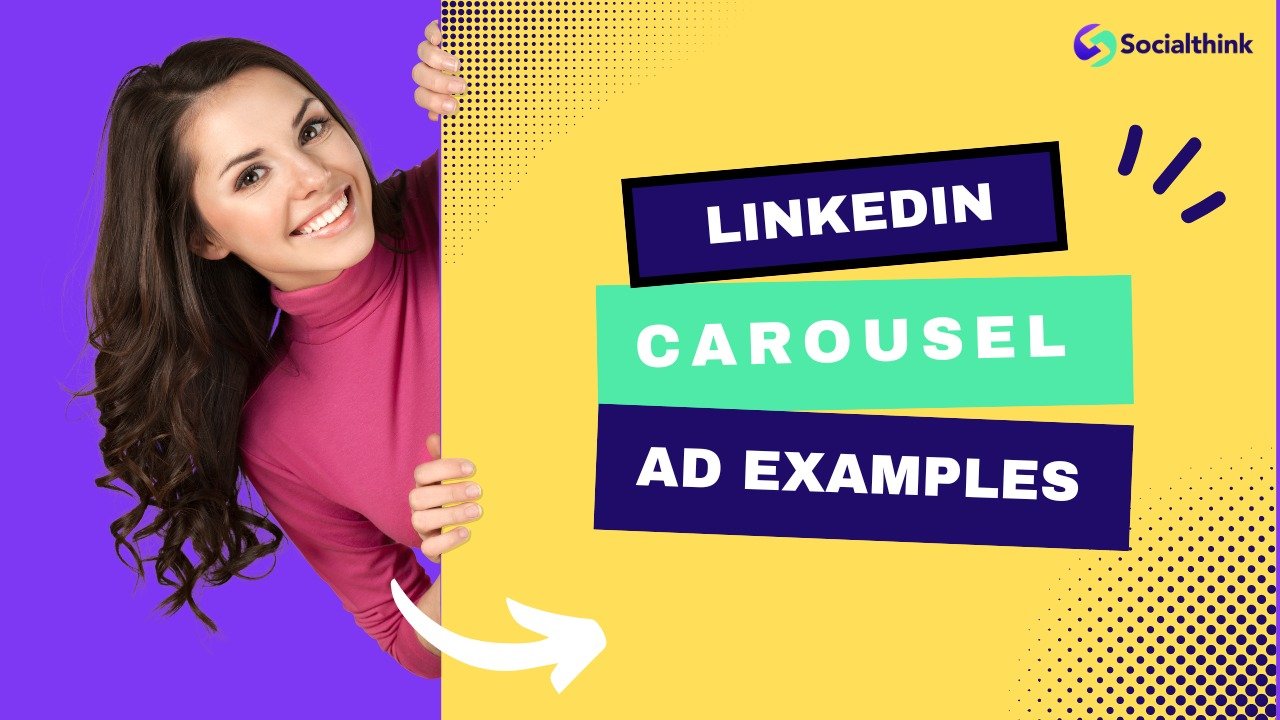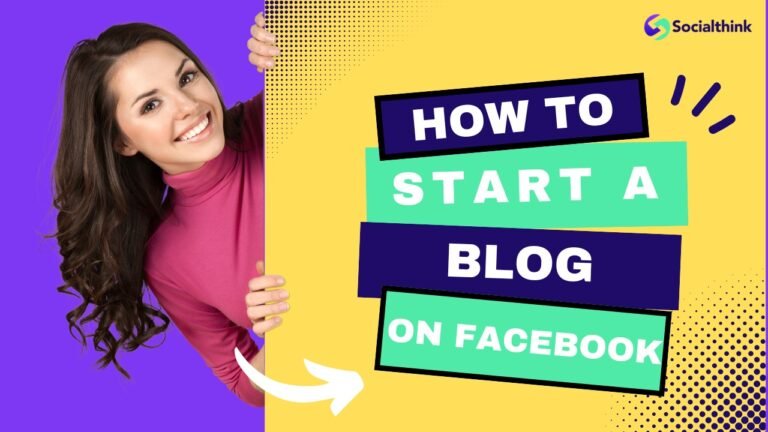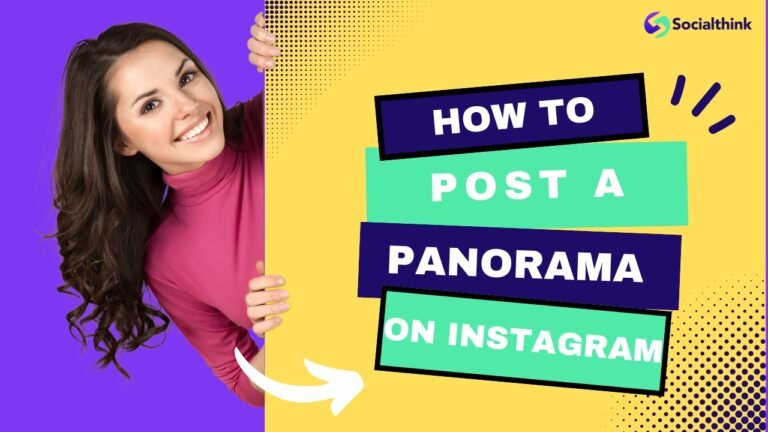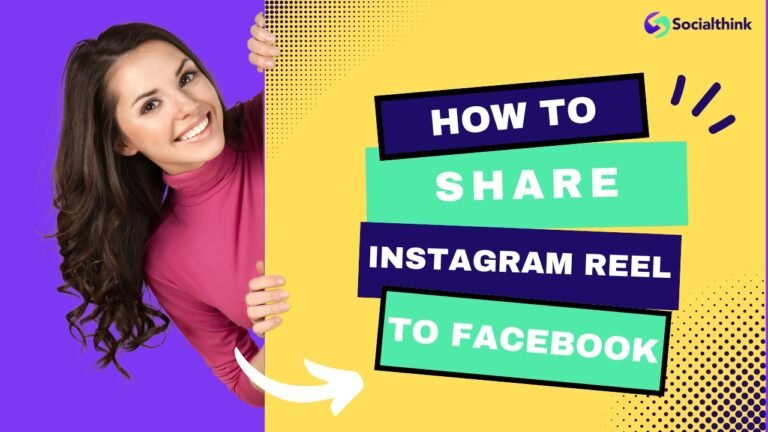LinkedIn Carousel Ad Examples: Strategies for Engagement
LinkedIn carousel ads have emerged as a powerful tool for businesses looking to capture their target audience’s attention and drive engagement on the platform.
These visually appealing ad formats allow brands to showcase multiple images or videos within a single ad, enabling them to tell a compelling story and highlight different aspects of their products or services.
In this article, we’ll explore the benefits of LinkedIn carousel ads, provide step-by-step instructions on how to create them, and share some of the best practices and examples to inspire your own campaigns.
What Are LinkedIn Carousel Ads?
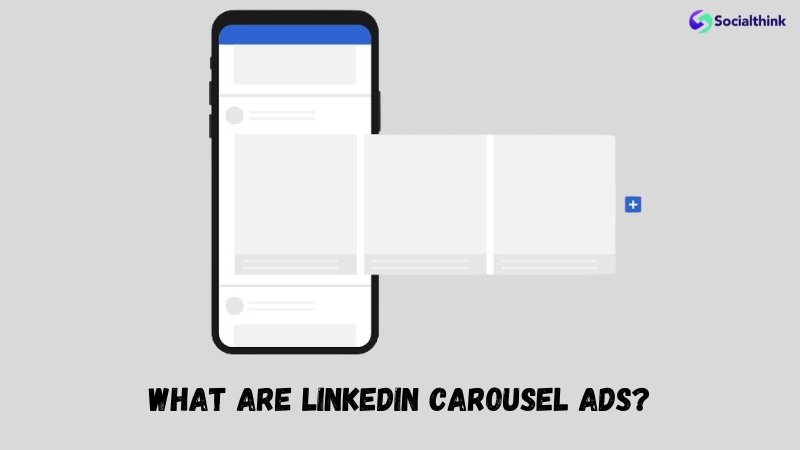
LinkedIn carousel ads are a type of ad format that allows advertisers to display multiple images or videos within a single ad unit.
Each carousel card can have its own unique headline, description, and destination URL, providing marketers with ample creative space to convey their brand story and engage their target audience.
LinkedIn users can swipe through the carousel cards to view the different content pieces, making it an interactive and immersive ad experience.
What Are the Benefits of LinkedIn Carousel Ads?
- Increased Engagement: Carousel ads tend to have higher engagement rates compared to single image ads, as they encourage users to interact with the content by swiping through the cards.
- Storytelling Opportunities: With multiple cards at your disposal, you can effectively narrate your brand story, showcase different products or services, or highlight various features and benefits.
- Improved Click-Through Rates: The interactive nature of carousel ads often leads to higher click-through rates, driving more traffic to your website or landing page.
- Enhanced Brand Awareness: Carousel ads provide more real estate to showcase your brand’s personality, values, and offerings, helping to increase brand awareness among your target audience.
- Targeted Messaging: By tailoring each carousel card to specific audience segments, you can deliver more relevant and personalized messaging to your LinkedIn audience. This is especially important when considering LinkedIn marketing strategies.
How To Create LinkedIn Carousel Ads?
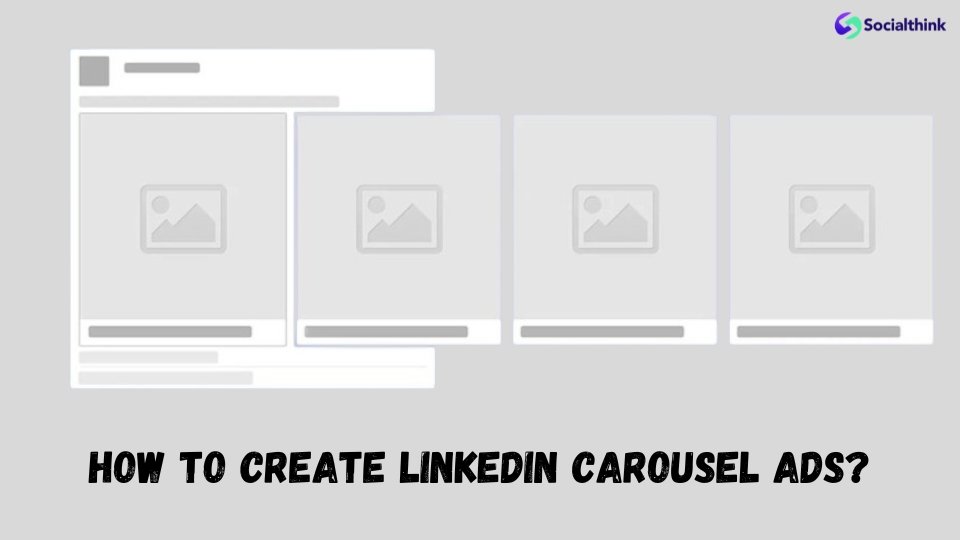
Creating LinkedIn carousel ads is a straightforward process. Here are the steps to follow:
- Log in to your LinkedIn Campaign Manager account and click on “Create Campaign.”
- Select your campaign objectives, such as website visits, lead generation, or brand awareness.
- Define your target audience based on criteria like job title, industry, company size, or interests.
- Choose the “Carousel” ad format from the available options.
- Upload your images or videos for each carousel card, ensuring they meet the recommended specs. You can use a LinkedIn photo resizer to optimize your visuals.
- Add a compelling headline, description, and destination URL for each card.
- Set your budget, bid strategy, and schedule for the campaign.
- Review and launch your carousel ad campaign.
LinkedIn Carousel Ads Specs
- Image size: 1080 x 1080 pixels (1:1 aspect ratio)
- Image format: JPG or PNG
- Video length: 3-30 seconds
- Video size: Maximum 200 MB
- Video format: MP4
- Headline: Up to 45 characters
- Description: Up to 255 characters
- Number of carousel cards: 2-10
Best Practices to Consider When Creating LinkedIn Carousel Posts
When creating LinkedIn carousel posts, it is important to consider best practices to maximize engagement and achieve your marketing goals. Here are some key tips to keep in mind:
- Use high-quality, visually appealing images or videos that align with your brand’s aesthetic.
- Ensure that your headline and description are clear, concise, and compelling.
- Maintain a consistent theme or narrative throughout the carousel cards to create a cohesive experience.
- Include a strong call-to-action (CTA) on each card to encourage users to take the desired action.
- Optimize your carousel ads for mobile devices, as a significant portion of LinkedIn users access the platform via mobile.
- Test different variations of your carousel ads to identify what resonates best with your target audience.
- Monitor your campaign performance regularly and make data-driven optimizations to improve results. Tracking metrics is important to determine if LinkedIn ads are worth it for your business.
Best LinkedIn Carousel Ads Examples

Here are some of the best examples of LinkedIn Carousel Ads from top brands:
Gong
Gong’s carousel ad cleverly uses data from over 300,000 sales emails to grab the attention of their target audience – sales professionals looking to improve their email campaigns. The ad features compelling graphics, colors, and imagery to provide valuable insights.
boohoo
boohoo’s carousel ads stand out with their vibrant colors like green, blue, and yellow. They keep the design simple yet striking, allowing the brand message to shine through without being too busy.
BigCommerce
BigCommerce’s ad catches the eye with a bold statistic about the projected growth of online sales. This type of data-driven approach helps establish credibility and encourages viewers to learn more.
Salesforce
Salesforce’s carousel ads are visually appealing, making great use of colors and graphics to convey their message. They promote helpful content to attract visitors to their website, positioning themselves as thought leaders.
Adobe
Adobe’s carousel ads are instantly recognizable with their iconic bright yellow color. The quirky design elements add personality to the brand.
Google’s ads are specifically targeted to users in certain locations, like the state of Illinois. They highlight LinkedIn’s own tools for skill development, doing double duty by promoting both brands.
HubSpot
HubSpot’s carousel ads aim to inspire readers to become better leaders, packing valuable tips into an engaging 5-page format.
Spotify
Spotify’s ads likely showcase different playlists, podcasts, or artists to appeal to a variety of music tastes and encourage users to explore the app.
Canva
Canva repurposes their in-depth customer case studies into eye-catching carousel ads. Breaking the content into snackable pieces helps convey value even if viewers don’t click through.
Huawei
Huawei’s carousel ads often feature their latest smartphone models and highlight the key features and benefits that make them stand out from competitors.
Engaging LinkedIn Carousel Ad Examples
1. Showcasing Product Features
A software company can use a carousel ad to highlight the key features and benefits of their product. Each card can focus on a specific feature, accompanied by a relevant image or video and a brief description. This approach allows potential customers to quickly grasp the value proposition of the product and encourages them to learn more through different ways.
2. Highlighting Customer Testimonials
Carousel ads are an excellent way to showcase customer testimonials and success stories. Each card can feature a different customer, their headshot, a quote highlighting their experience with your product or service, and a link to a detailed case study. This social proof helps build trust and credibility with your target audience, making it a valuable strategy for retargeting campaigns.
3. Sharing Success Stories
Similar to customer testimonials, carousel ads can be used to share success stories and milestones achieved by your brand.
For example, a marketing agency can create a carousel ad that highlights the results they’ve delivered for clients, such as increased website traffic, higher conversion rates, or improved brand awareness. These success stories demonstrate the agency’s expertise and effectiveness in their field.
4. Explaining Service Processes
Service-based businesses can leverage carousel ads to break down their processes into digestible steps. A financial consulting firm, for instance, can use each carousel card to explain the different services they offer, such as initial consultation, strategy development, and implementation. This transparency helps potential clients understand what to expect when working with the firm.
5. Revealing Behind-The-Scenes
Carousel ads offer a unique opportunity to give your audience a glimpse behind the scenes of your brand. A manufacturing company can create a carousel ad that showcases their production process, from raw materials to finished products. This approach humanizes your brand and helps your audience appreciate the effort and craftsmanship that goes into creating your offerings.
6. Delivering Mini-Tutorials
If your product or service requires some explanation or guidance, carousel ads can be used to deliver mini-tutorials. A software company can create a carousel ad that walks users through the key steps of using their tool, with each card focusing on a specific feature or workflow. These tutorials provide value to your audience while subtly promoting your product.
7. Promoting Events And Webinars
Carousel ads are a great way to promote upcoming events or webinars hosted by your brand. Each card can highlight a different aspect of the event, such as the agenda, speakers, or key takeaways. Including a clear CTA on each card gives you a better chance to convert, encouraging users to register or learn more about the event.
FAQ’s:
What Makes LinkedIn Carousel Ads Effective?
LinkedIn carousel ads are effective because they allow brands to tell a compelling story, showcase multiple products or services, and engage their target audience with interactive content. The ability to include multiple images or videos, along with unique headlines and descriptions, provides ample creative space to convey your brand message and value proposition.
Additionally, the use of retargeting campaigns in the cold layer of your audience can help identify qualified prospects and convert them further down the funnel, making LinkedIn carousel ads a powerful tool for engagement.
How Often Should You Update Your Carousel Ads?
The frequency of updating your carousel ads depends on factors such as your campaign goals, audience engagement, and ad performance.
As a general rule, it’s a good idea to refresh your carousel ads every 4-6 weeks to maintain audience interest and avoid ad fatigue. However, if you notice a significant drop in performance, consider updating your ads sooner.
Can Carousel Ads Target Specific Audiences?
Yes, LinkedIn’s targeting options allow you to reach specific audiences based on criteria such as job title, industry, company size, skills, interests, and more. By tailoring your carousel ads to the preferences and pain points of your target audience, you can improve the relevance and effectiveness of your campaigns.
How To Optimize Carousel Ads For Different Devices?
To optimize your carousel ads for different devices, ensure that your images and videos are sized appropriately and maintain their quality across various screen sizes. Use clear, legible text that is easy to read on smaller mobile screens. Additionally, keep your headlines and descriptions concise and compelling to capture attention quickly.
Conclusion
LinkedIn carousel ads offer a dynamic and engaging way to showcase your brand story, products, or services to your target audience.
Use the top strategies and illustrations provided in this article – to develop effective carousel ad campaigns that boost engagement, drive traffic to your website, and increase conversions.
Remember to experiment with different creative elements, test your ads regularly, and optimize based on performance data to maximize the impact of your LinkedIn advertising efforts.
Other helpful LinkedIn resources from Social Think:
- Are LinkedIn Messages Private?
- LinkedIn Weekly Invitation Limit
- Can People See Who Viewed Their LinkedIn Profile?
- How to Add Hashtags to LinkedIn Profile?
- What is a LinkedIn Address?
- How Do I Tag Someone on LinkedIn?
- How to Delete a Message in LinkedIn
- How Do I Delete My LinkedIn Account?
- What Does the Green Dot Mean on LinkedIn?
- How to Post Carousels on LinkedIn

